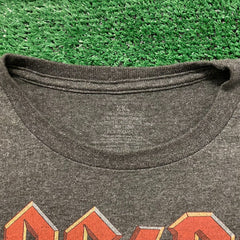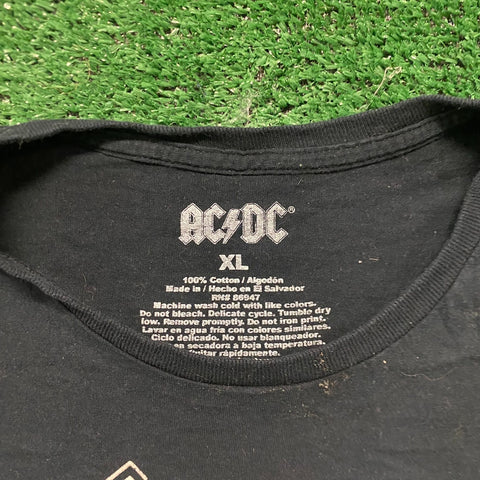Vintage and retro are fashion terms often used interchangeably, but there are distinct differences between the styles. Understanding these differences can help you accurately describe and identify garments from specific eras. Here's some of the most important distinctions between vintage and retro tees:
Vintage Clothing:
- Age: Vintage clothing typically refers to garments that are at least 20 years old. The age requirement varies, but items from the 1940s to the 1990s are typically considered vintage. With passing time more garments from the early 2000s are being considered vintage as well, especially those that capture the cultural essence of the era.
- Authenticity: A vintage tee is original and representative of the era it belongs to. It was produced during the specific time period it represents, making it a genuine piece of history.
- Timeless Appeal: Vintage clothing carries a sense of nostalgia and embodies the fashion trends, styles, and craftsmanship of the past. It has a unique aesthetic that may not align with contemporary fashion.
- Rarity and Limited Availability: Vintage clothing is often scarce and harder to find than modern pieces. It is limited by its age, as well as the fact that it is no longer being produced. The amount in circulation is in a constant state of decline as pieces are destroyed, lost, and discarded.
- Sustainability: Shopping for vintage clothes is sustainable, as it keeps textiles out of landfills and eases the demand for newly produced fashion.
Retro Clothing:
- Vintage Inspired: Retro clothing refers to new garments that are designed and produced in a style that imitates or pays homage to the style of a previous era. Retro fashion draws inspiration from vintage aesthetics or designs and may even be an exact reprint of a vintage print.
- Contemporary Production: A retro tee is created using modern materials, technology, and manufacturing techniques. It may incorporate elements and prints from specific eras but is not original to that time.
- Modern Fit and Sizing: Retro clothing is typically designed with modern fit and sizing in mind, making it more standardized, accessible, and wearable for a wider range of body types.
- Availability: Retro clothing is readily available in contemporary stores, both online and offline. It can be found in brand collections that specialize in recreating vintage-inspired styles.
Final Notes
In summary, vintage clothing is original, aged attire from a specific era, while retro clothing is modern clothing that imitates or draws inspiration from vintage styles. Vintage represents the authentic fashion of the past, while retro recreates that nostalgic look with a contemporary twist. Both have their appeal and can be enjoyed by fashion enthusiasts seeking to embrace the charm of bygone eras. Understanding these distinctions can help you find the piece that best suits you in terms of design, price, and history.
Gallery
Are you a visual learner? Check out the photos below to see vintage vs. retro t-shirts yourself.
Side By Side Comparison
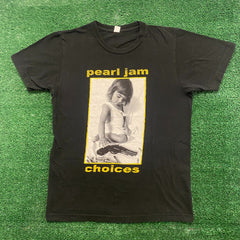
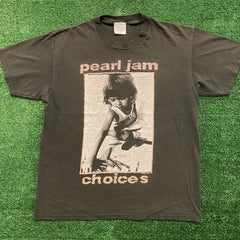
These Pearl Jam tees both share a similar graphic, but only one is vintage. Can you guess which one is a vintage t-shirt?
If you guessed the shirt on the right, congratulations! Notice the overall faded appearance of the vintage tee, while the retro Choices tee is much more vibrant. Since the graphic was original to the 1990s, the modern piece is considered a reprint.
Tag View - Vintage Hanes T-Shirt
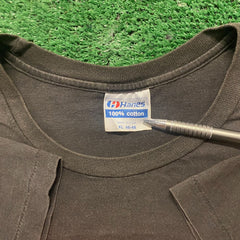
Here, you can see some of the key indicators of a vintage tee. The 1990s style Hanes tag reads "Made in USA", and you can see a single stitch line on each sleeve.
Tag View - Retro AC/DC T-Shirts
